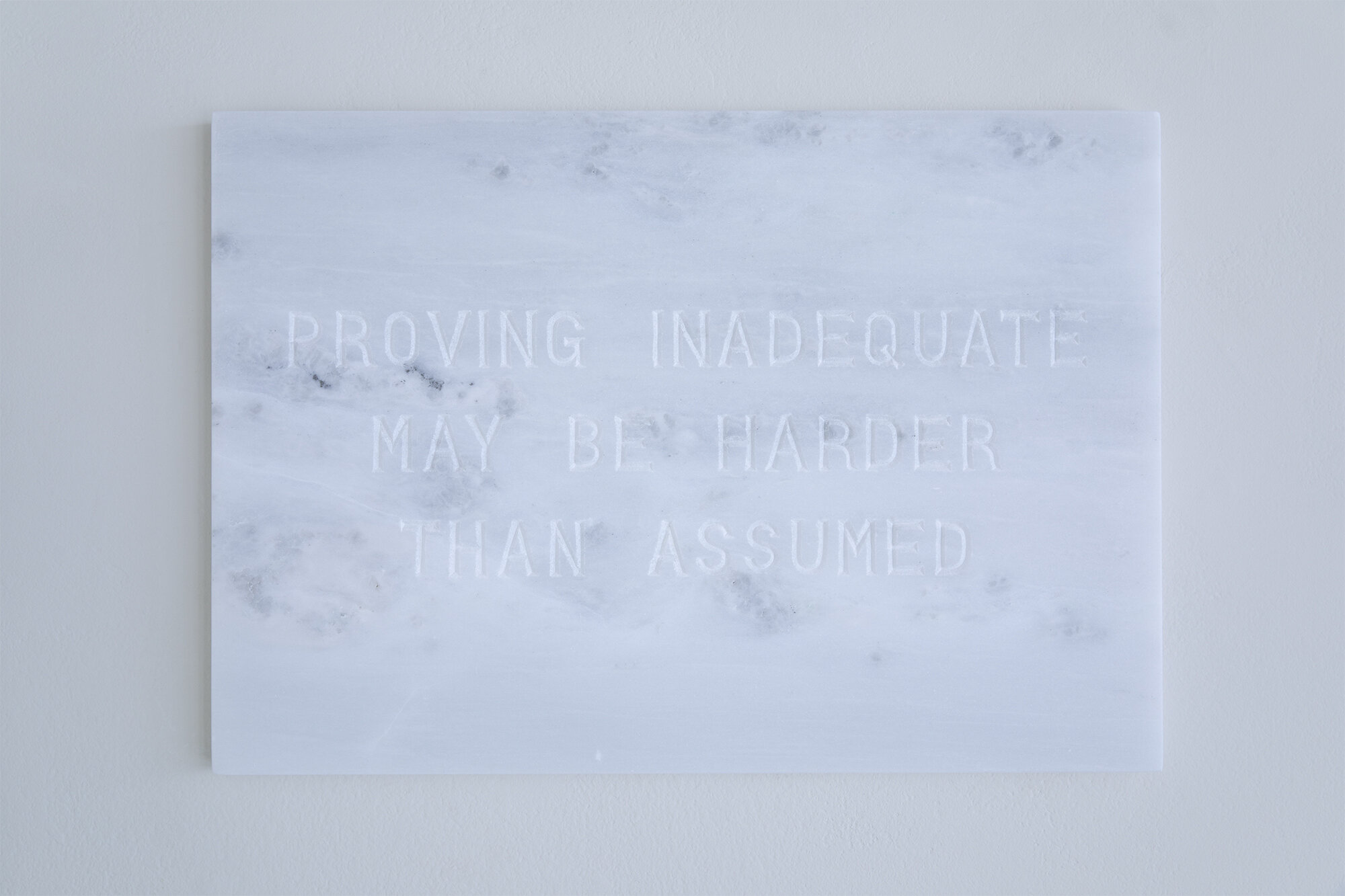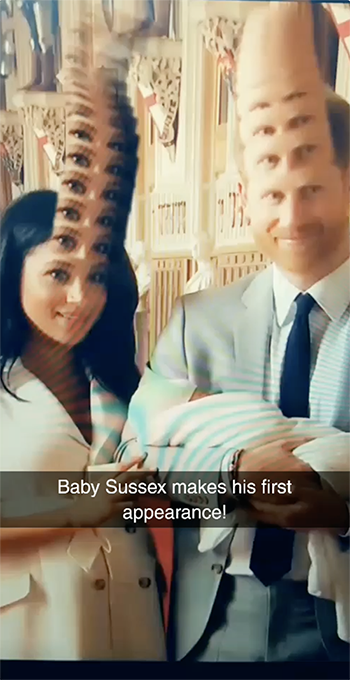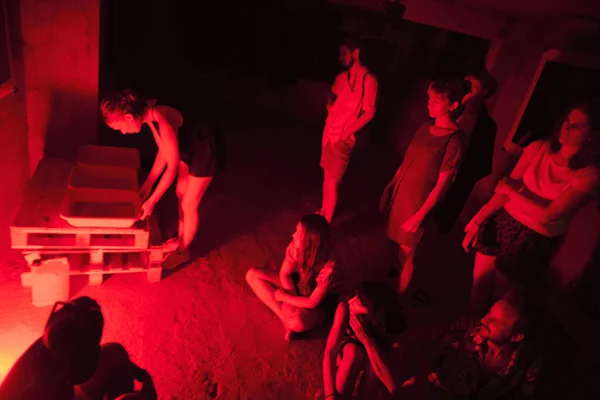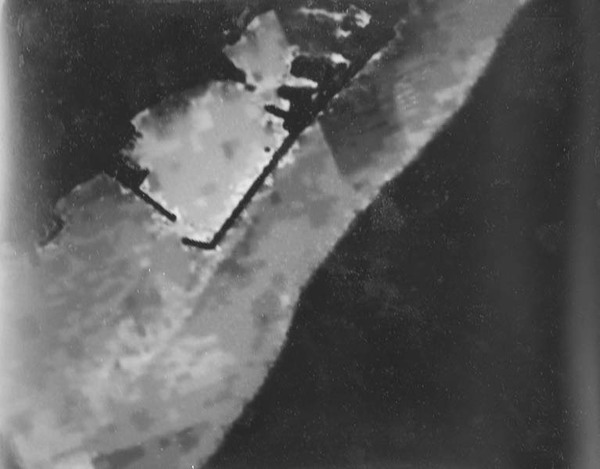Total Security Life presents the commercial trade fair stand of Total Security Life, a private company that sells walls of all sorts, so long as they keep unwanted people out: from fences for gated residential communities to government-backed border walls.
On the stand, visitors are surrounded by crass logos and vinyl roller banners. A monitor shows an infographic product shot. On another, a video render depicts a wall surrounded by a shimmering seaport town, with a bald eagle, the symbol of freedom but also the ultimate prey, flying overhead accompanied by the sound of a voiceover recording written by the artist. The voiceover's tone is laced with cynicism and the emotional appeal hardly hides its transactional nature. “Keeping you and your family safe is a priority not only for you, but for all of us at Total Security Life, and we are here to help you make that all-important decision.”
Total Security Life, in fact, is a fictional company dreamt up by the artist as a wry comment on our mushrooming desire, as people and nations, for stoking fear and hoisting up “walls” between us: such as trade wars between the US and China, troop build-ups in the Balkans, and nuclear proliferation across the world.
Adopting the sales strategies and marketing bumph of international gun show exhibitors and manufacturers, Total Security Life's mission is to stoke fear by preying on our anxieties while offering us a Faustian-like deal: freedom, but through surveillance and isolation. The walls are sold as if they will make the buyer safe, but the process only leads to the need for more and a breakdown in trust.
In the era of celebrity politicians and fake news, the apparent absurdity of Kametani's Total Security Life company is no longer enough for us to dismiss it, or assume it isn't real. The more walls we build between us, whether of concrete or through a hostile immigration policy, the more suspicious we become of our fellow citizens and the more prone we are to ignite our fear and anger into a chain reaction.
Technical support and CGI by Natalia Wojtowicz from Animorph Coop
Text by Tyler Woolcott
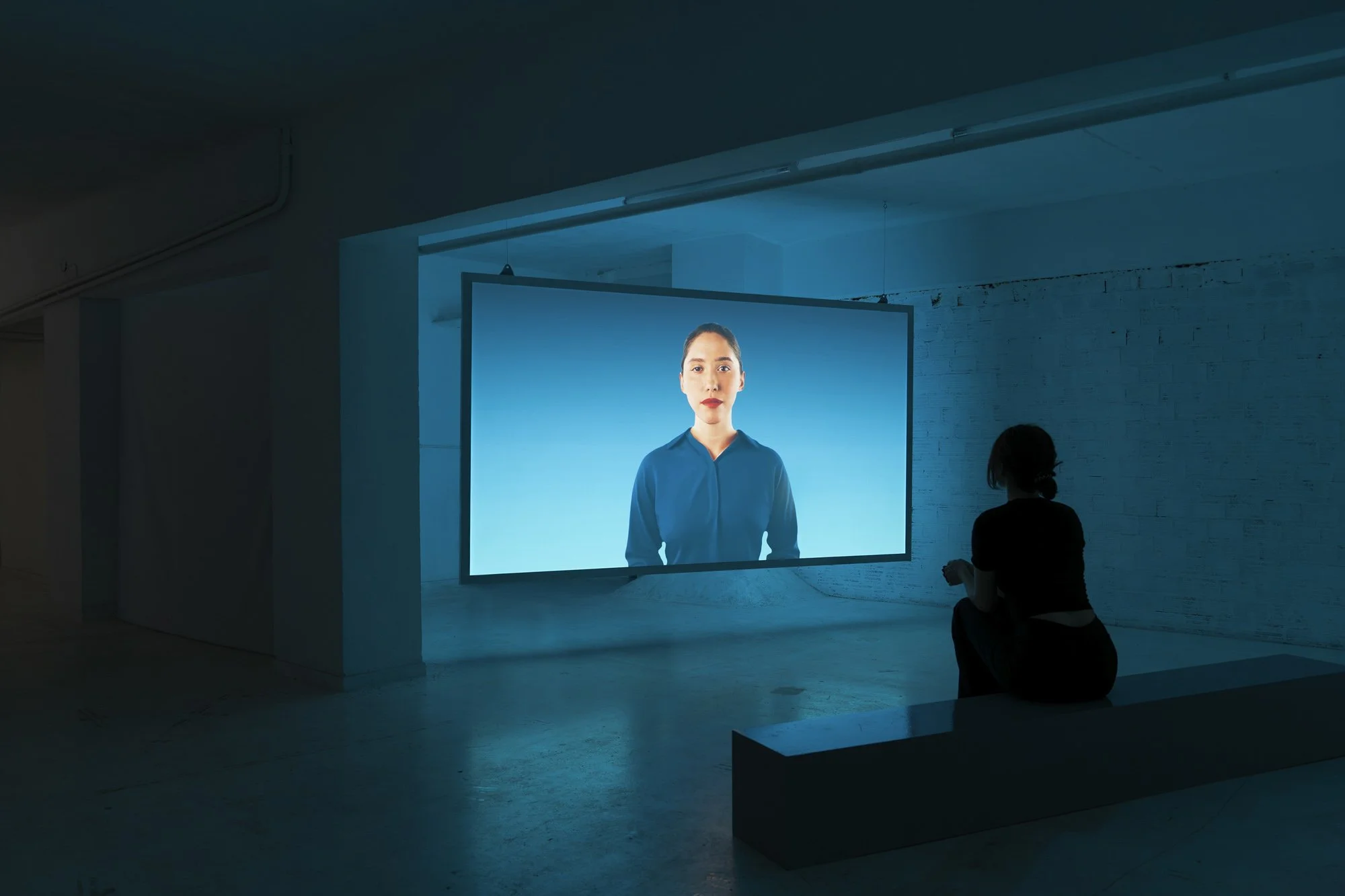



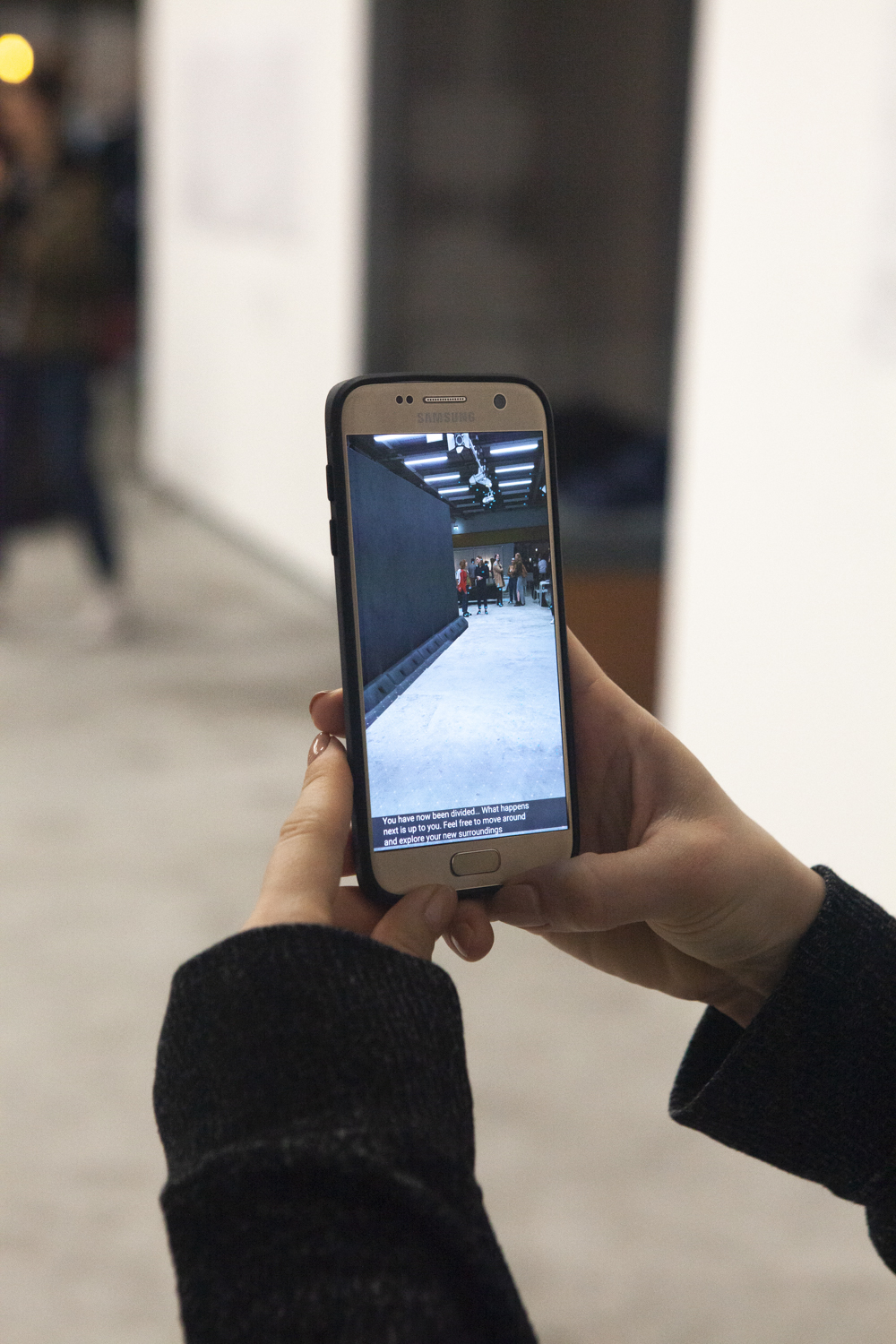

















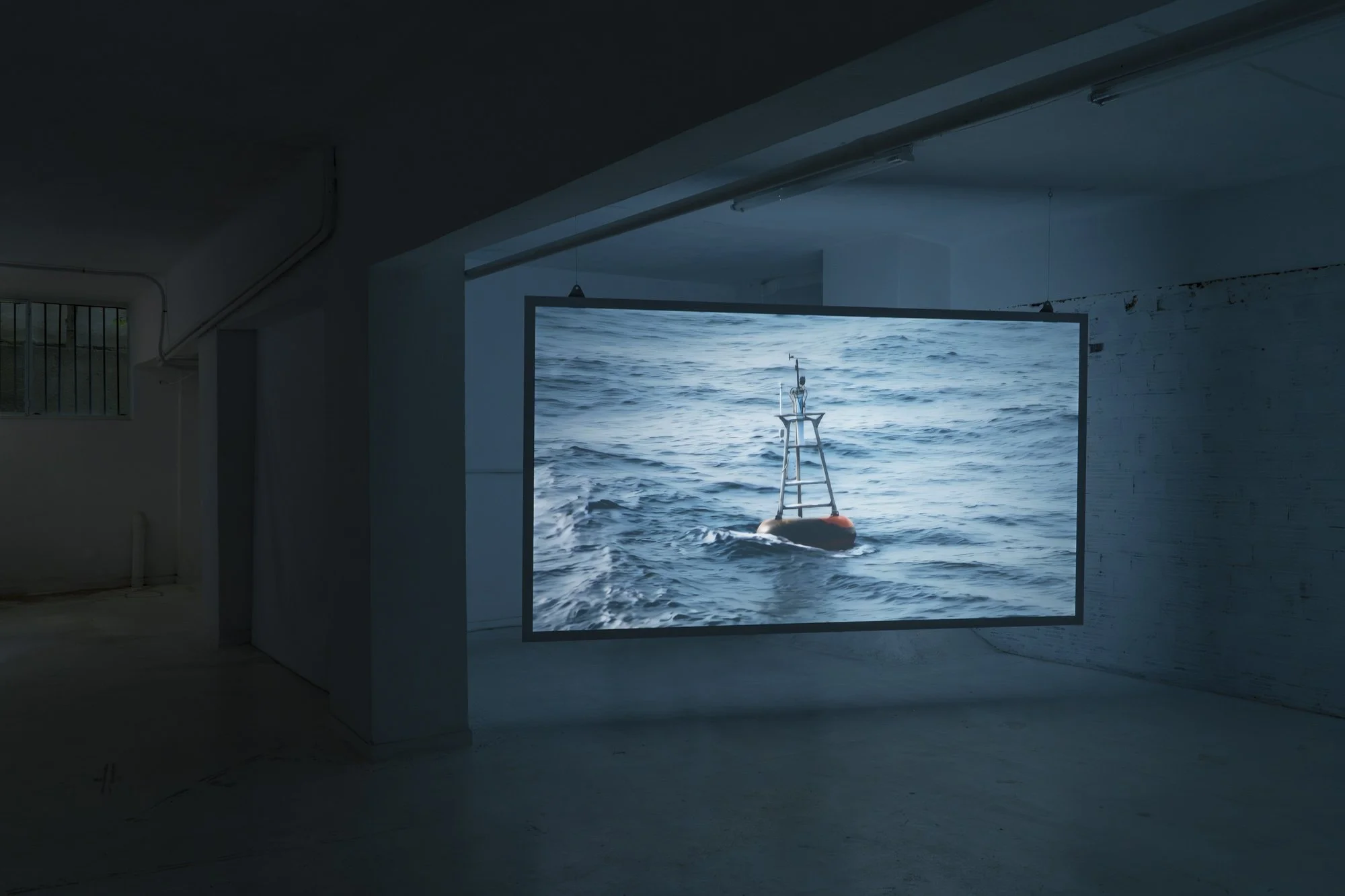
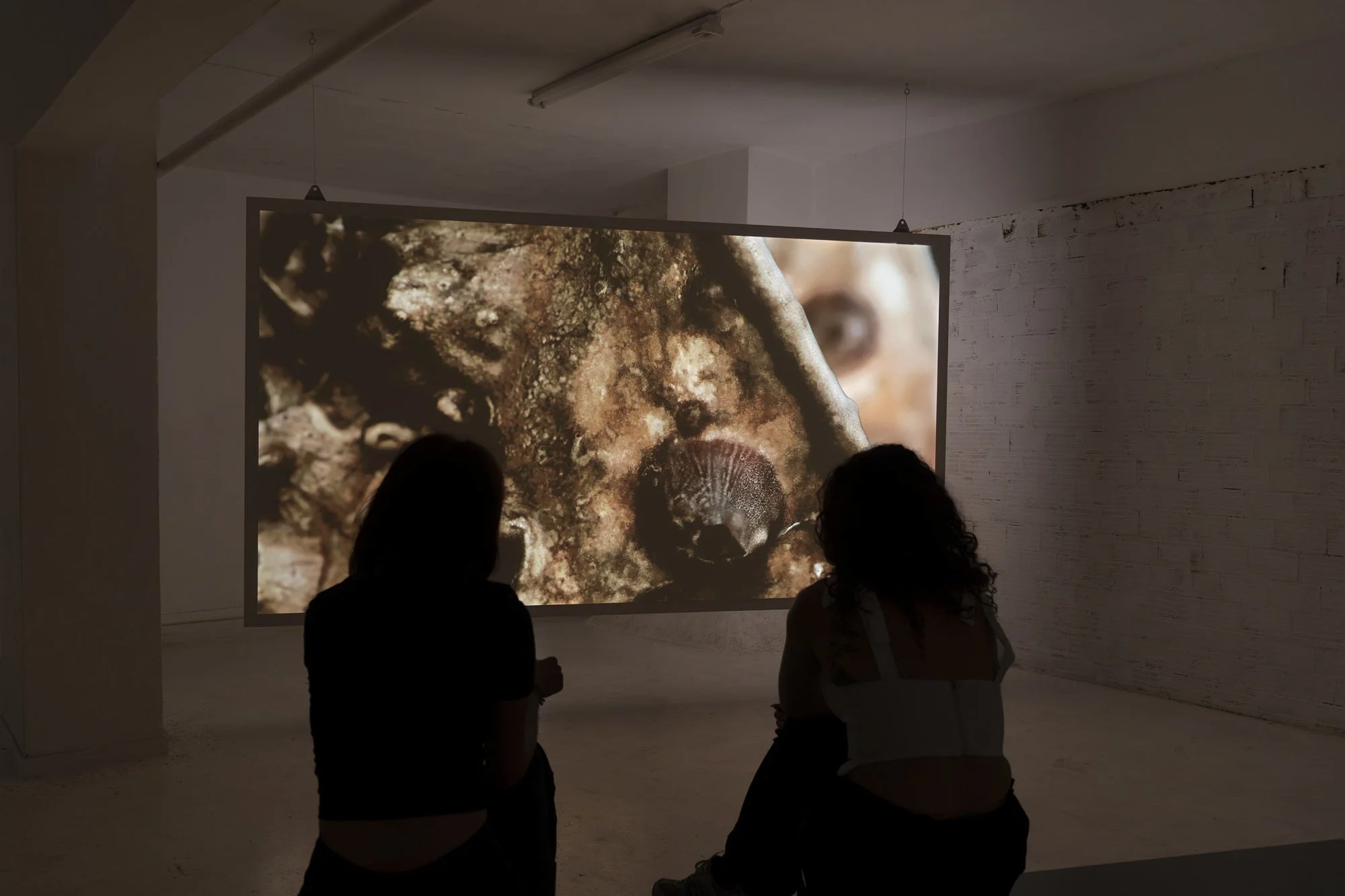


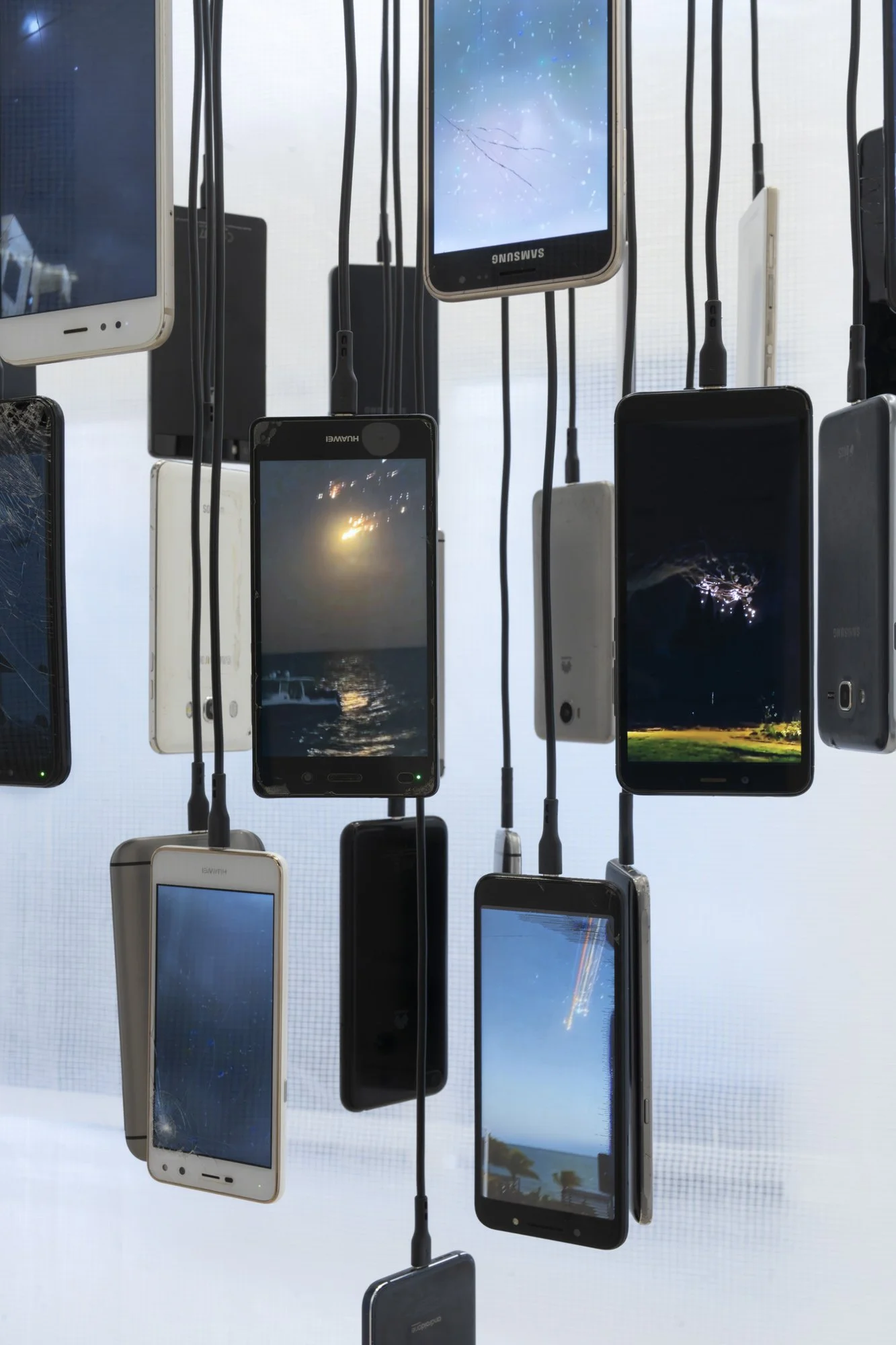
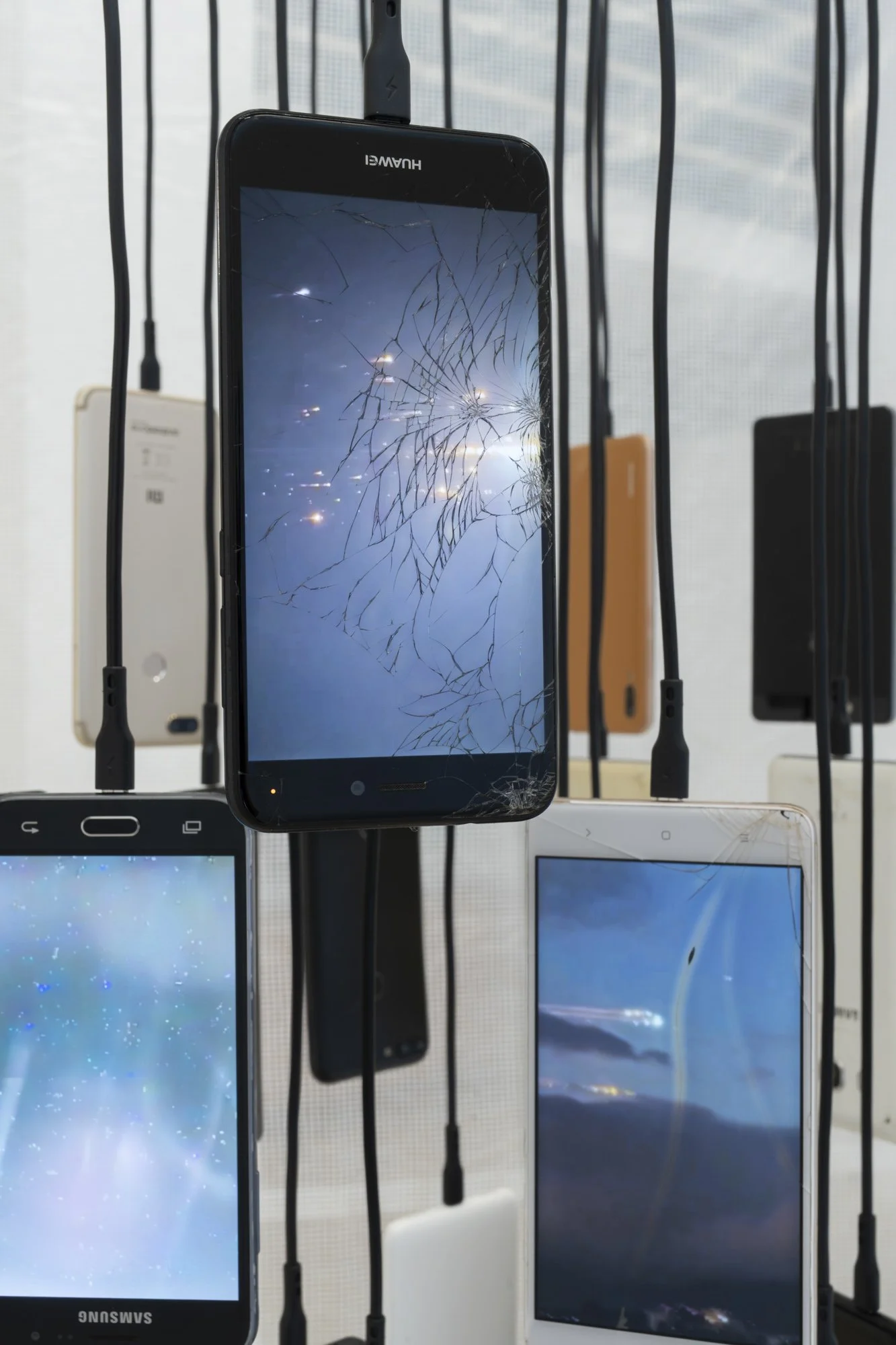



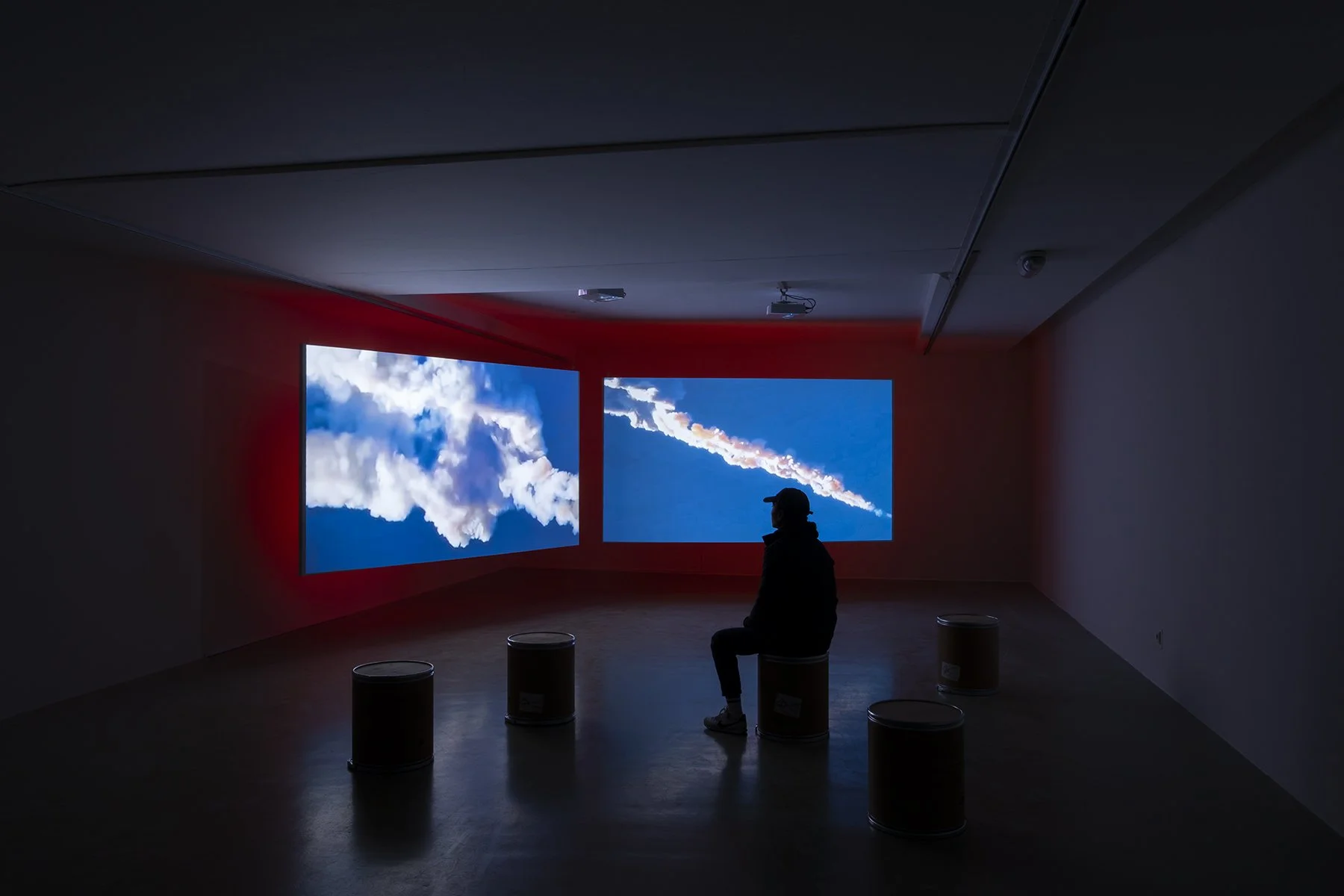















































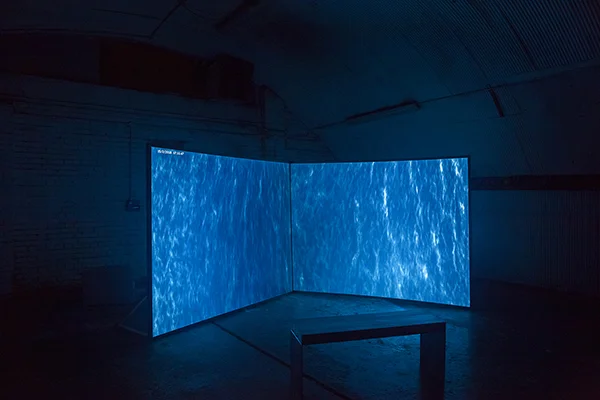
![[ENTER] Triennale of Photography Hamburg, 2018](https://images.squarespace-cdn.com/content/v1/58ef700d1b10e32ee6ef7cca/1533931374864-2Q6IZ80SA4JOOY5XCXGW/The-sea-stayed-calm-for-180-miles-Tamara-Kametani-07.jpg)
![[ENTER] Triennale of Photography Hamburg, 2018](https://images.squarespace-cdn.com/content/v1/58ef700d1b10e32ee6ef7cca/1533931374870-325SNWIB24187B8VGFAN/The-sea-stayed-calm-for-180-miles-Tamara-Kametani-08.jpg)





